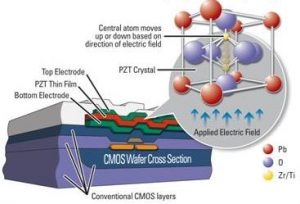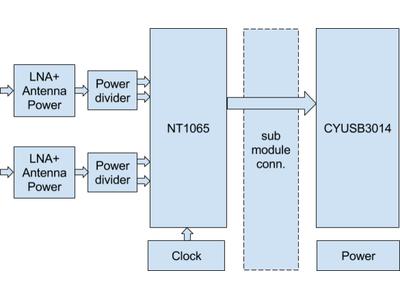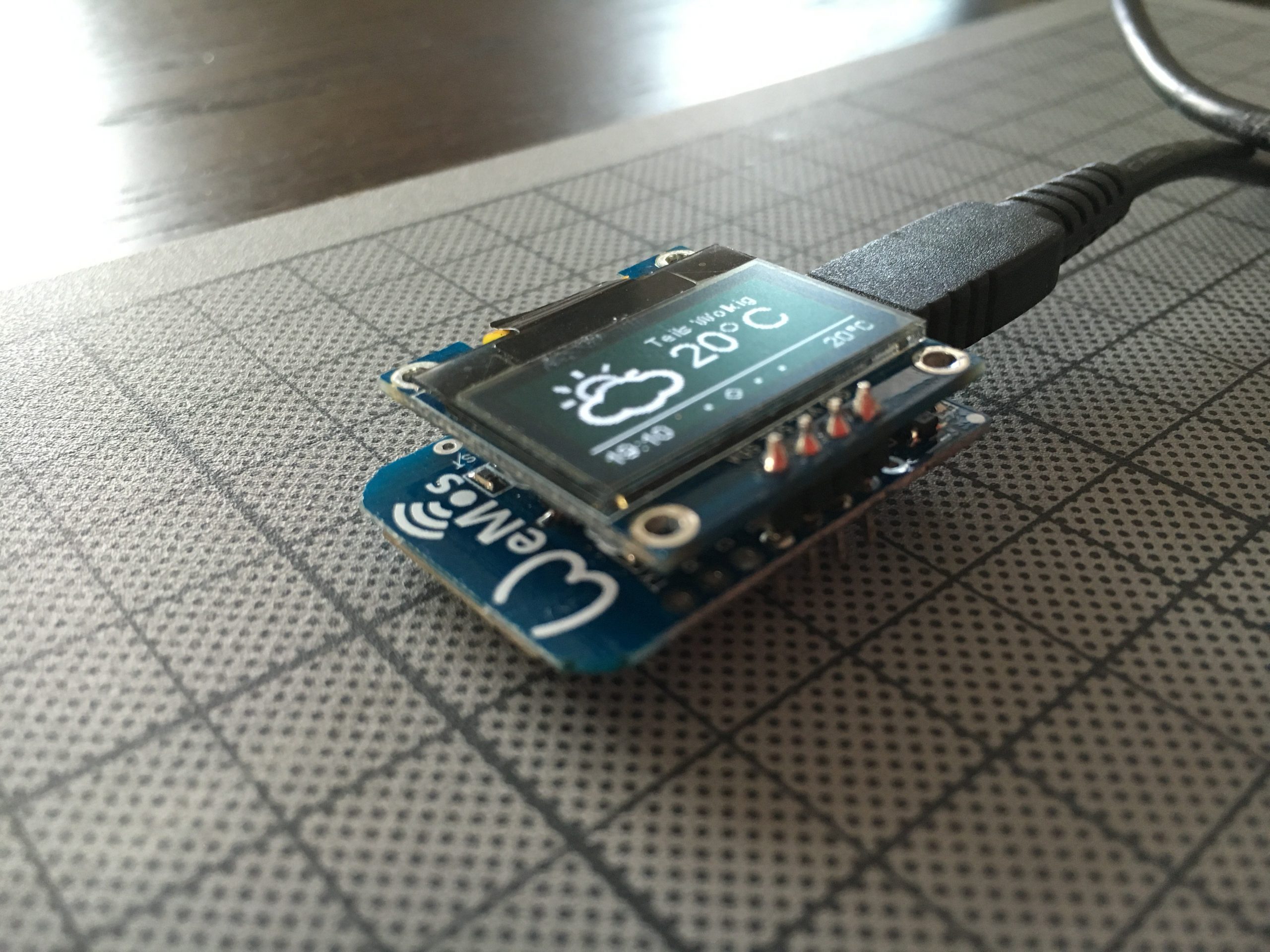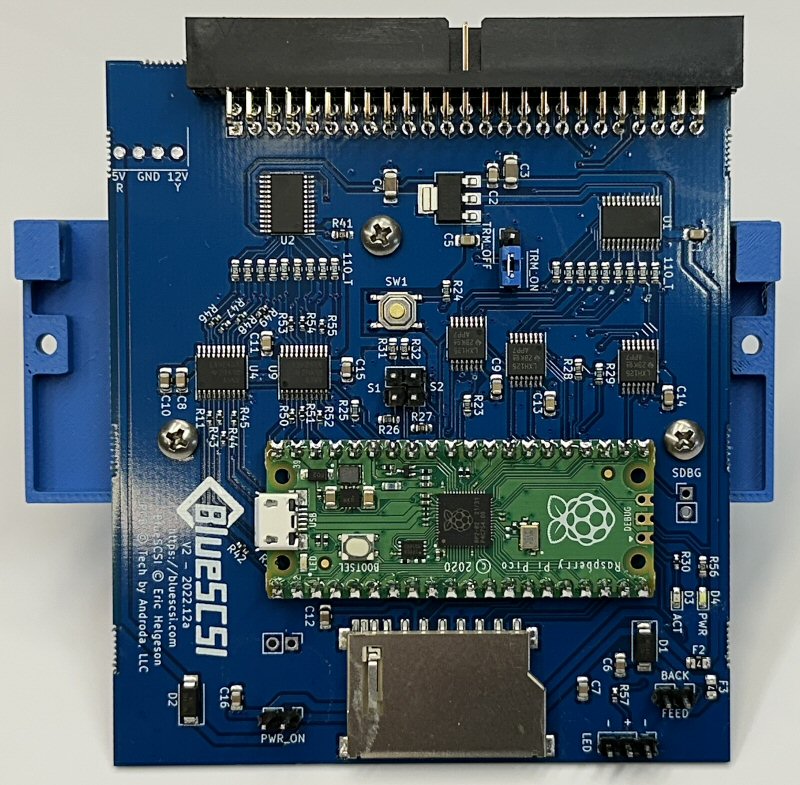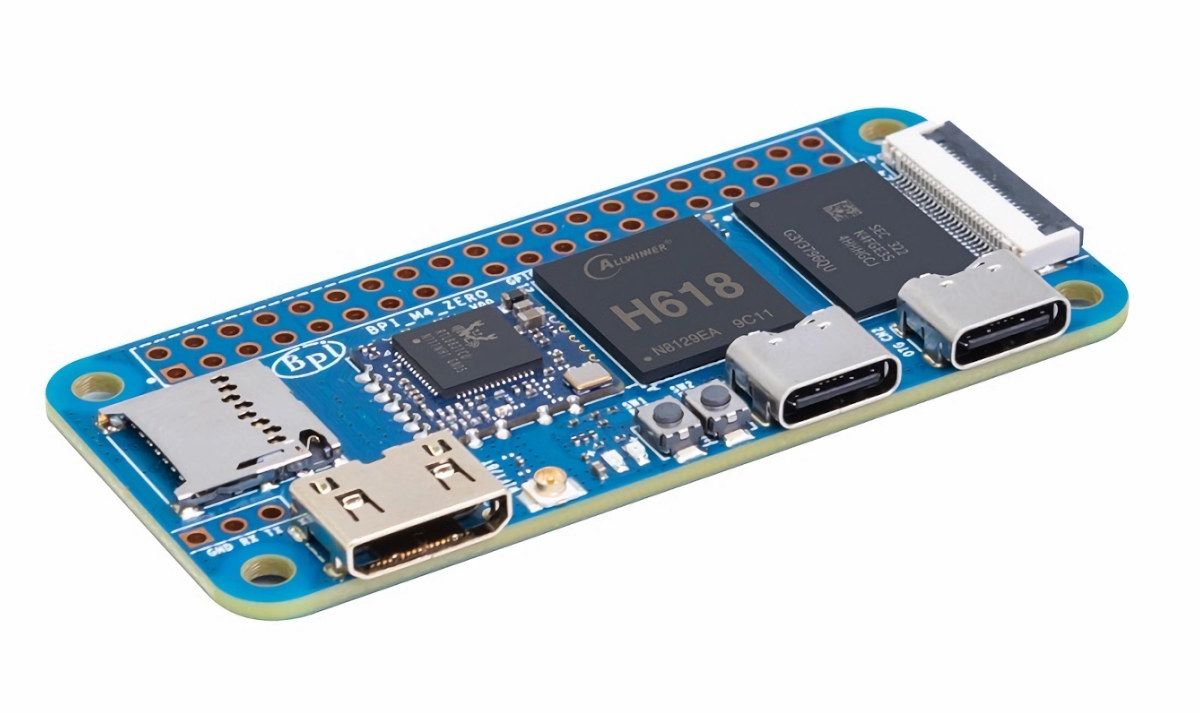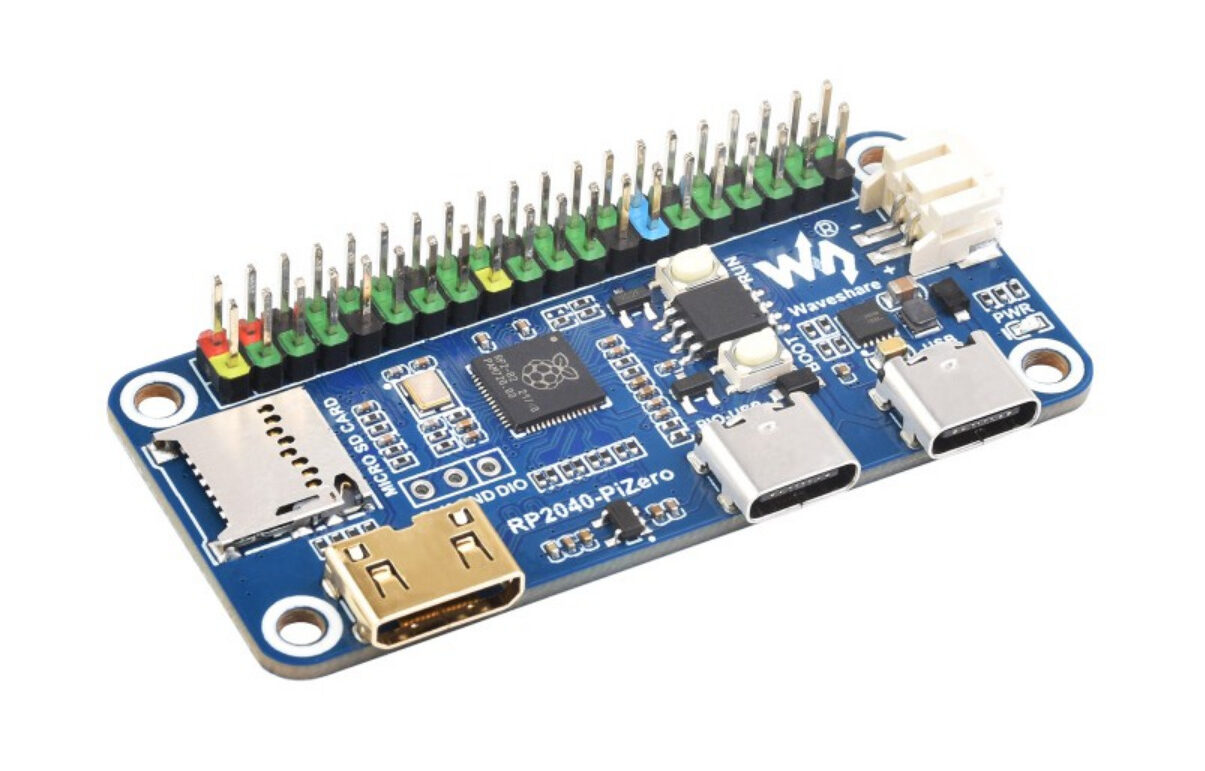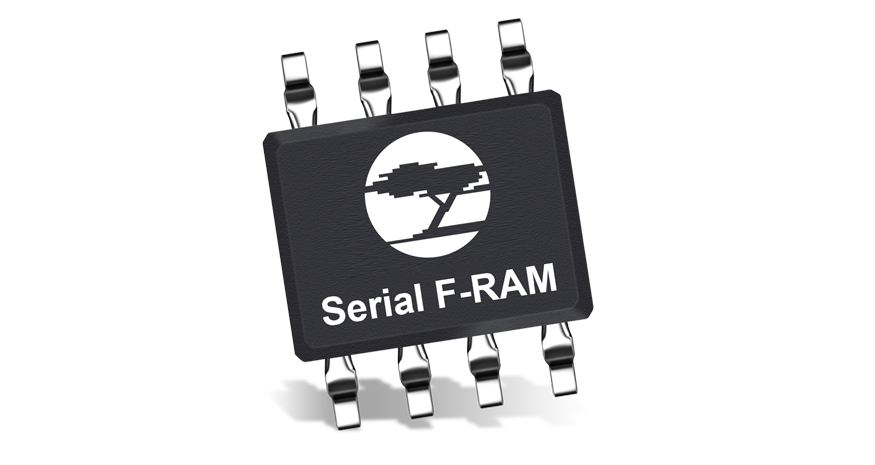
Cypress Semiconductor Serial F-RAM (ferroelectric RAM) memories combine the nonvolatile data storage capability of ROM with the fast speeds of RAM. Serial F-RAM features a variety of interface and density options, including SPI and I2C interfaces, industry-standard packages, and densities ranging from 4KB to 4MB. Cypress Serial F-RAMs have three distinct advantages over other nonvolatile memory technologies: fast write speed, extremely high endurance, and low power consumption. Serial F-RAMs provide 100 trillion cycle endurance, exceeding the 1 million write cycle limitation of EEPROM. This eliminates the need for wear leveling to support a product over its lifespan.
F-RAM provides fast writes at full interface speed. F-RAM does not have any write delays and data is instantly nonvolatile. Traditional nonvolatile memories have delays of 5 or more milliseconds before data becomes nonvolatile. If power is disrupted, pending data is lost unless the system has extra capacitance or batteries to keep the system on until data is stored.
F-RAM offers virtually unlimited endurance of 100 trillion read/write cycles. Traditional nonvolatile memories typically have less than 1 million cycle endurance, forcing system designers to use complex wear-leveling routines and up to 4x more density to prolong the lifetime of these memories.
F-RAM consumes as low as 300 µA active and 6 µA standby current. Because of fast write speeds, F-RAM stays active for short periods of time, yielding very low energy consumption. Traditional nonvolatile memories with write delays must stay active for longer periods of time, resulting in higher energy consumption.
Serial F-RAM offers a pin-to-pin and footprint compatible EEPROM replacement.
The devices are made of a ferroelectric material that is highly resistant to influence by radiation and magnetic field exposure. This provides soft error rate immunity for a superior alternative to MRAM. These F-RAM devices are typically used in mission-critical applications. This includes smart meters, automotive electronics, industrial control, and automation equipment, multifunction printers and portable medical devices.
Cypress F-RAM Key Features
- 4Kb to 4Mb densities
- Serial QSPI, DSPI, SPI and I2C interface options
- Parallel interface options
- Low power, instant data capture on power loss
- 100-trillion read/write cycle endurance
- No batteries required to store data on power loss; RoHS compliant
- Radiation and magnetic field tolerant
- Processor Companions with integrated analog and digital functions
F-RAM Technology
Cypress F-RAM is built on Ferroelectric technology. The F-RAM chip contains a thin ferroelectric film of lead zirconate titanate, commonly referred to as PZT. The atoms in the PZT change polarity in an electric field, thereby producing a power efficient binary switch. However, the most important aspect of the PZT is that it is not affected by power disruption, making F-RAM a reliable nonvolatile memory. A common misconception is that ferroelectric crystals are ferromagnetic or have similar magnetic properties. In fact, ferroelectric materials switch in an electric field and are not affected by magnetic fields.
Overview Video
⇒ CYPRESS F-RAM™ SOLUTIONS [PDF]
more information on: www.cypress.com





